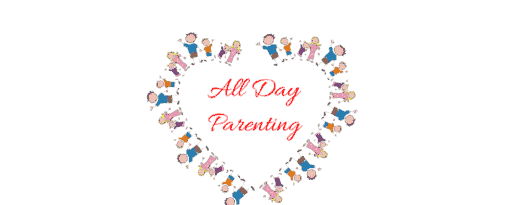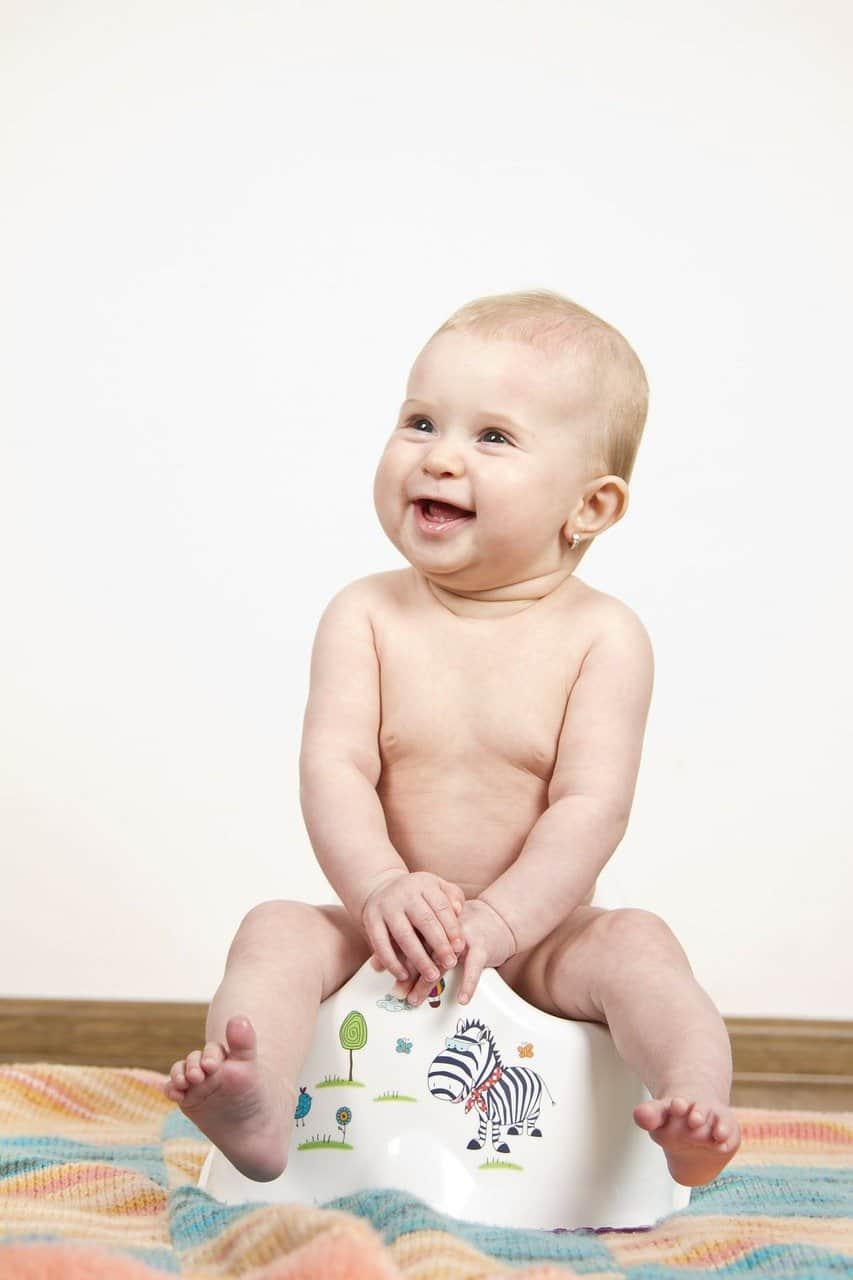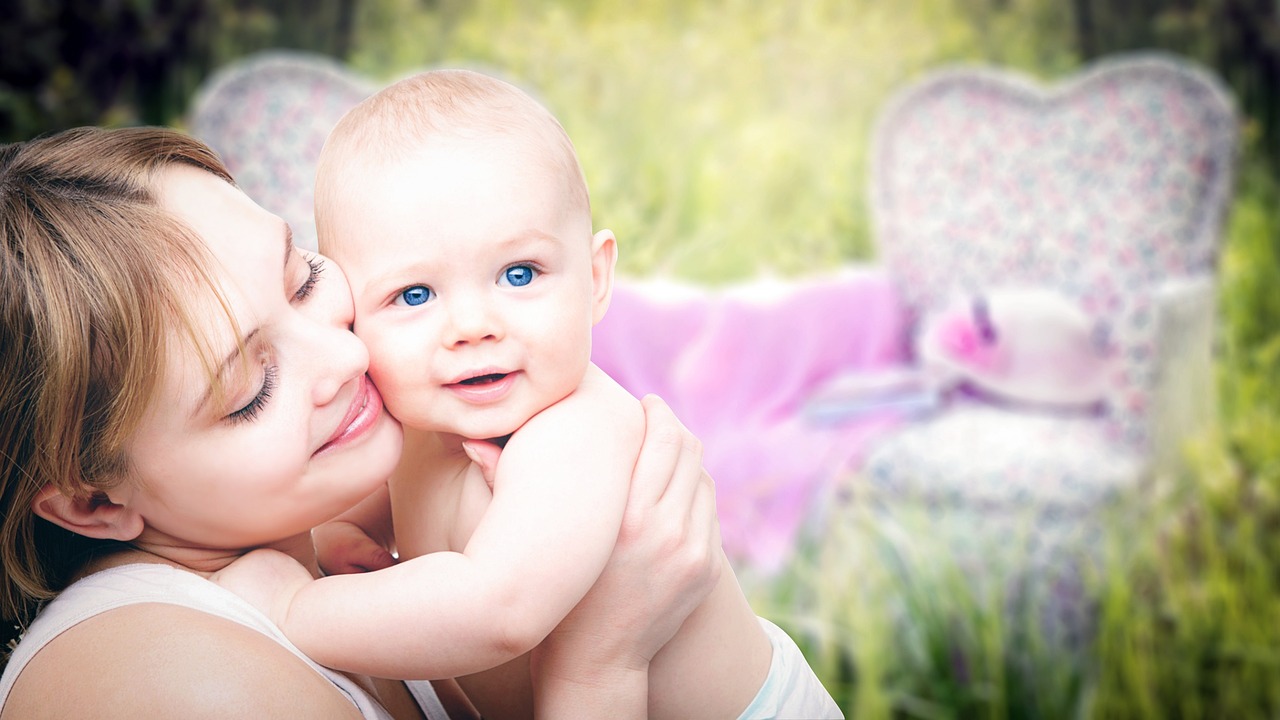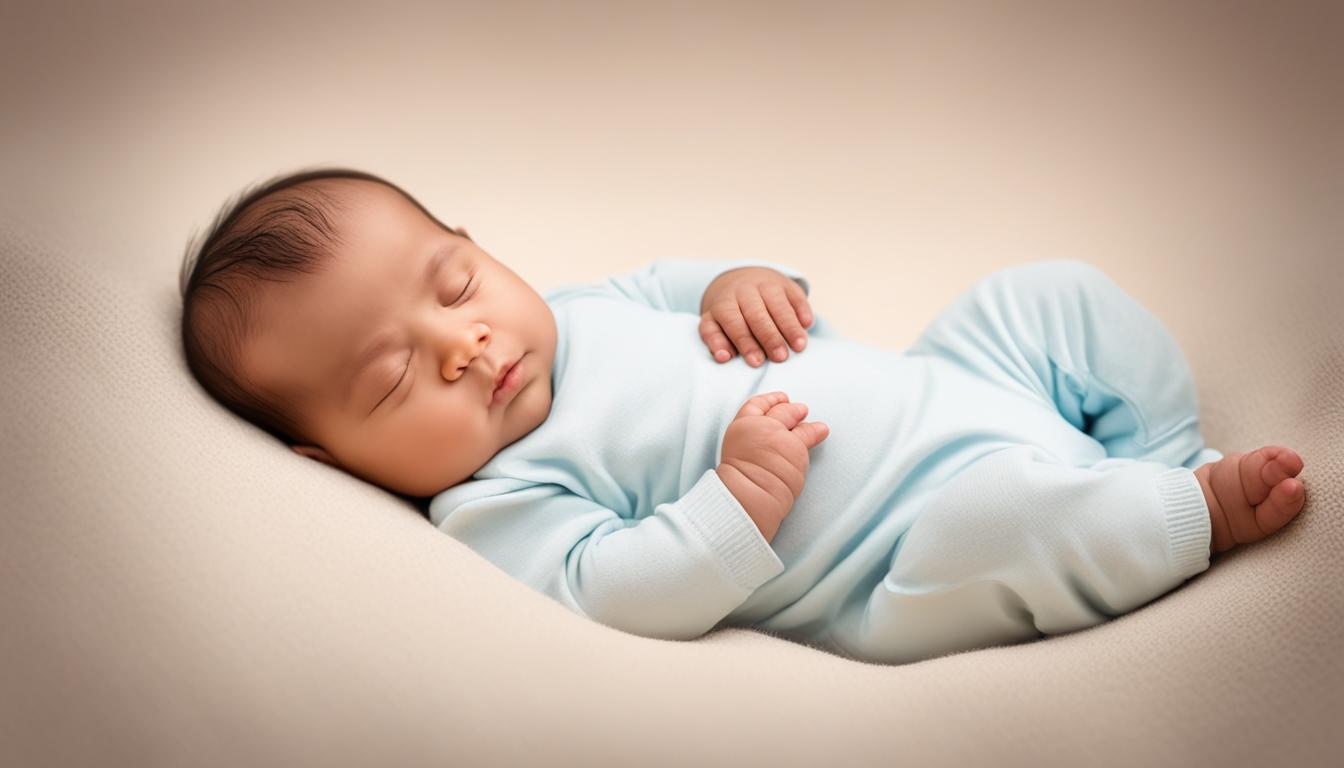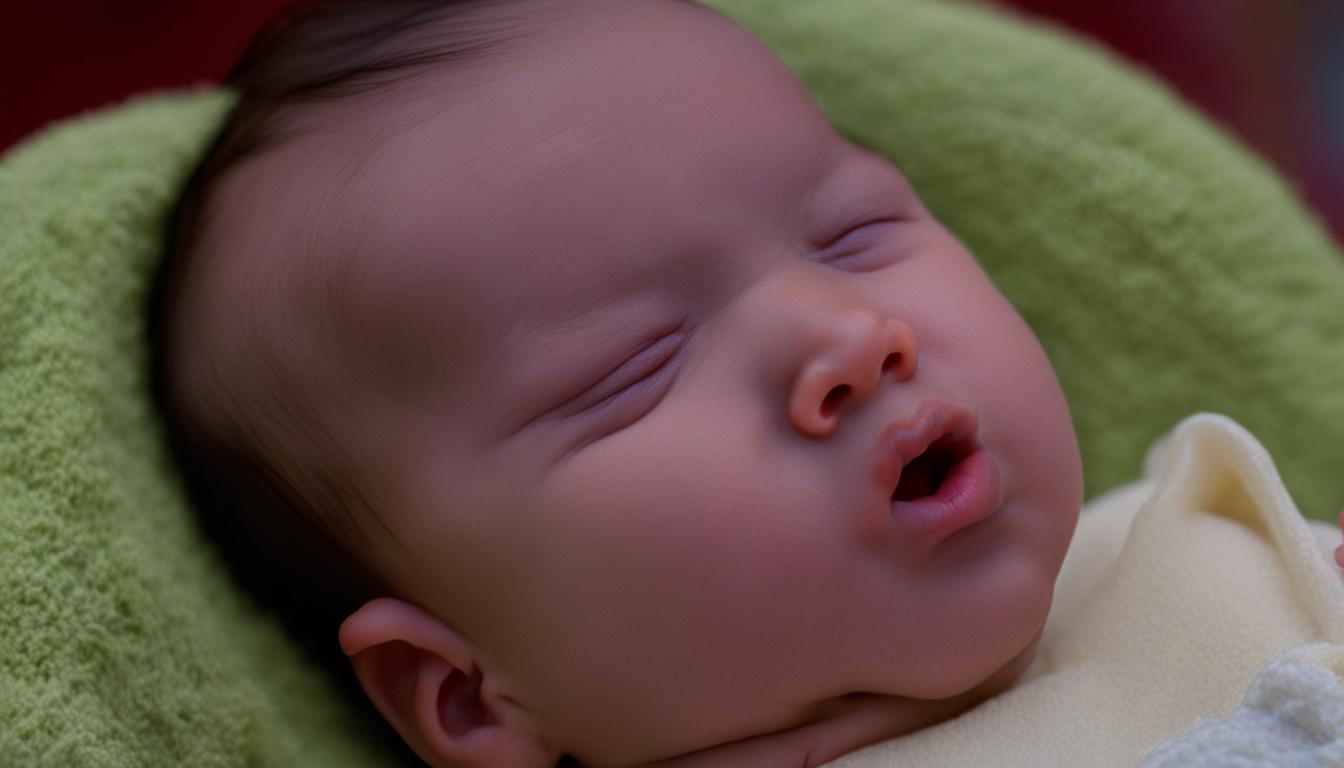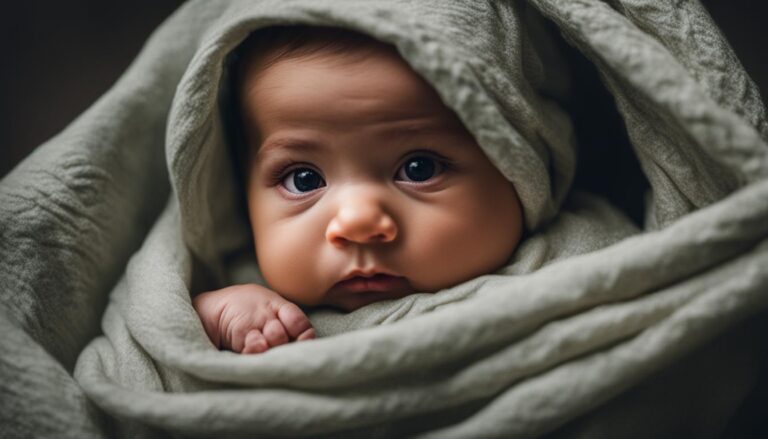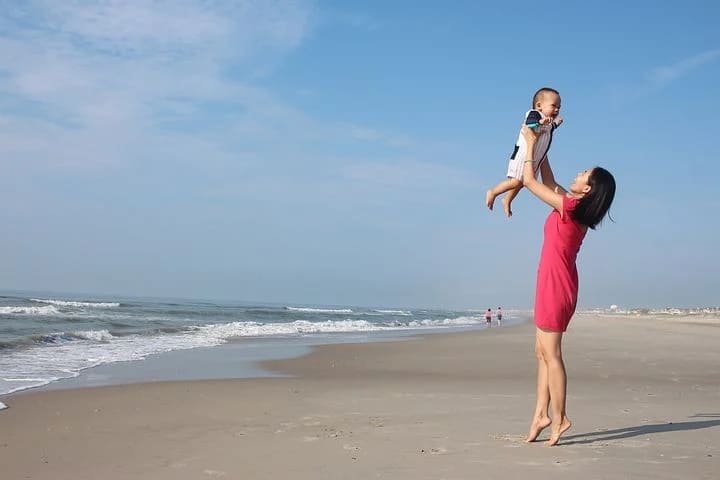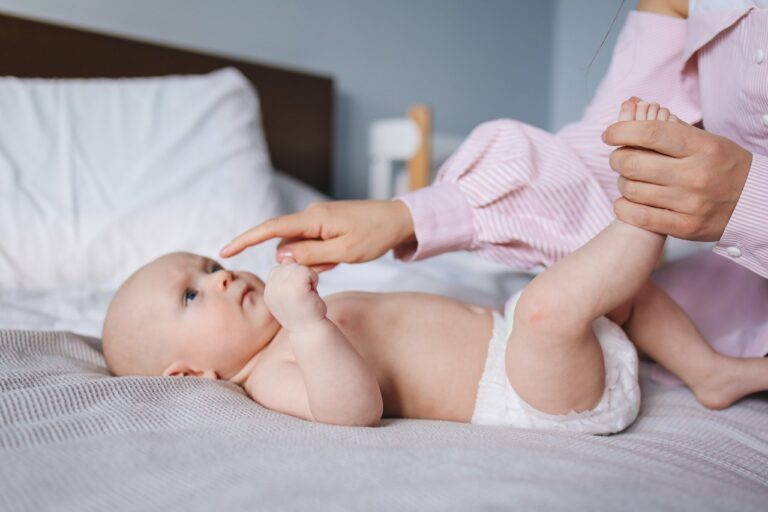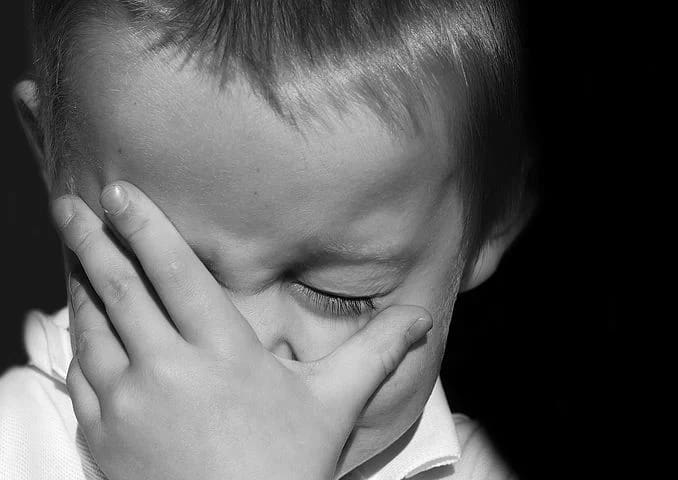How To Get Toddler To Tell You When They Need To Potty
Wondering how to get your toddler to tell you when they need to potty? This guide is here to help.
As you may know, many parents struggle with the ideal time to start potty-training their toddlers. That’s because every kid has their own personality, meaning that they can’t all be ready to learn at the same age.
Thus, the best way to start potty-training your baby is by first watching signs of readiness. Signs such as stopping an activity for a while and holding their diaper might be a clear indication that your toddler needs potty training.
Signs that Your Baby May Be Ready for Potty Training
For most parents, they start potty training their toddlers depending on their age. While that might be appropriate to some extent, it isn’t the standard way to do it.
Remember, children develop differently regardless of their age. Therefore, you might find a child that’s well-ahead both mentally and physically than his/her age mates and vice versa.
This means that observing the signs displayed by your toddler remains the best way to know whether they are ready to start potty training. Below are some of the common signs to observe and understand if your baby is ready for potty training.
- Changing Fewer Wet Diapers
This should be the first sign for any toddler who is ready to start potty training. That’s because toddlers urinate frequently until about 20 months old.
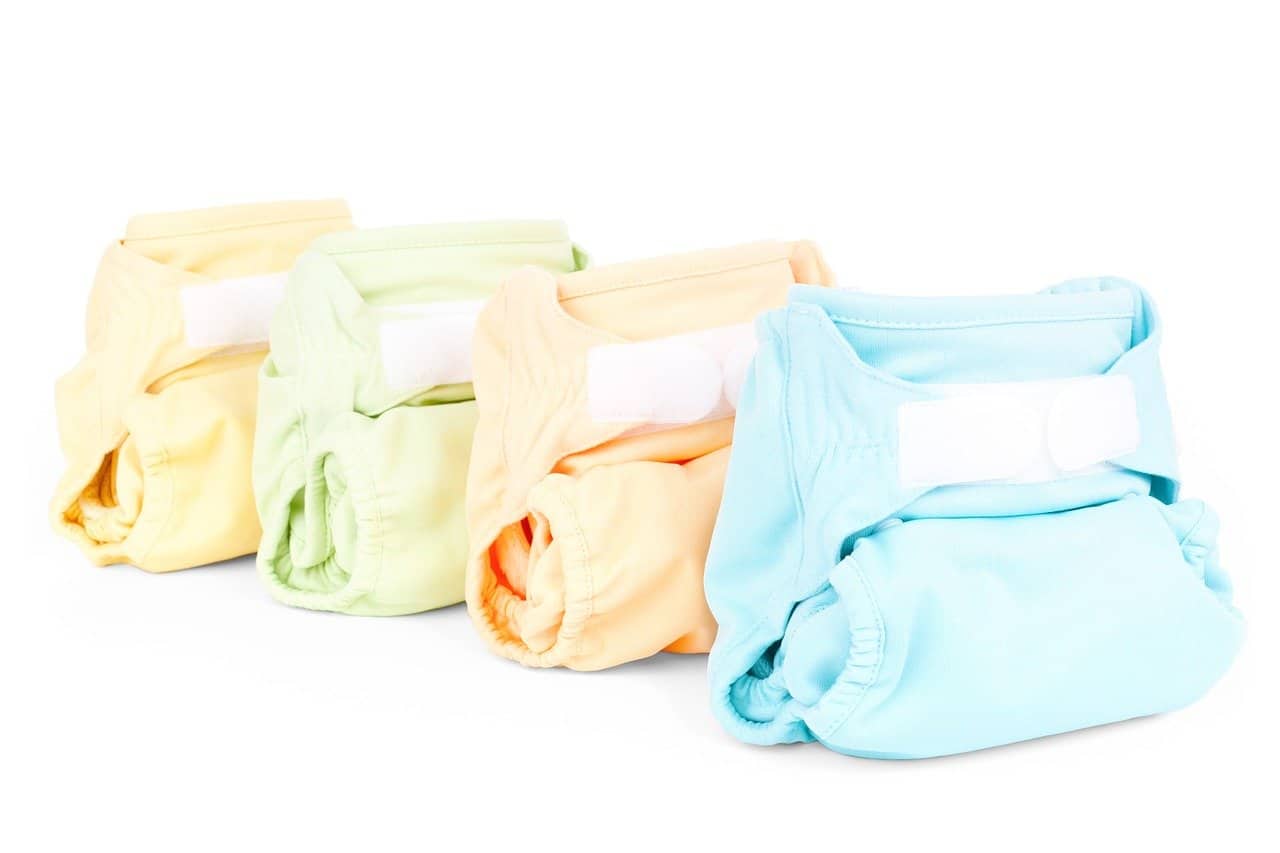
Therefore, if your toddler can stay dry for longer hours than before, it might be an indication that they are ready to ditch the diaper. You might even notice this during their bedtime if they wake up dry after a full-night’s sleep.
- Predictable Bowel Movements
Like their sleeping and eating patterns, your toddler’s bowel movement is something that can also be predicted. And when you can accurately comprehend your child’s bowel movements, then that’s a clear go-ahead to start potty training them.
With such awareness, you’ll be able to know when to exactly set up the potty for them to use. As a result, the potty training process becomes easier and more effective as well.
- Understands the Bathroom Lingo
Like most things, your toddler will first pick your family’s bathroom language. They may start understanding that language even before you think of potty training them.
If they show such a sign, you can seize the opportunity and go with their flow. It may end up making the process easier and straightforward because they’ve already got an interest on the subject.
- Can Pull Down Diapers, Underpants, or Disposable Training Pants
Once your child can understand simple undressing steps, starting to potty train them might not be such a bad idea. Note that the presence of a potty won’t help at all if they don’t have this act right.
And if they’ve already started with simple undressing, surely potty training them will be off to a good start.
- Despising Dirty Diapers
Let’s face it, most toddlers are left with their dirt for quite some time before getting changed. Some toddlers don’t feel unbothered at all about the situation, which in some way may contribute to being left alone.
However, not all toddlers enjoy or can ignore the crumby and soiled feeling of wearing a dirty diaper. As a result, they end up demanding to be changed and this can even happen as early as the moment they’ve helped themselves.
So, if your child starts exhibiting such a behavior, understand that’s they are growing up and despise the thought of feeling dirty and heavy. Thus, this becomes a clear indication that it’s time to start potty training them.
If your child starts showing some or all of the above explained signs, then it might be the time to start potty-training them. For most toddlers, such signs start showing up between 18-24 months old.
However, some may be ready later or even earlier than that window just as earlier explained. And according to KidsHealth, boys often show signs later and take longer to learn how to use the potty compared to girls.
Note that your toddler also needs some time off from potty training to avoid overwhelming them with the idea. For instance, you can put off the training process during the following scenarios:
- Trips
- Shifting from the crib to the bed
- Illness
- When they have a newborn sibling
How to Start Potty Training if Your Toddler is Ready
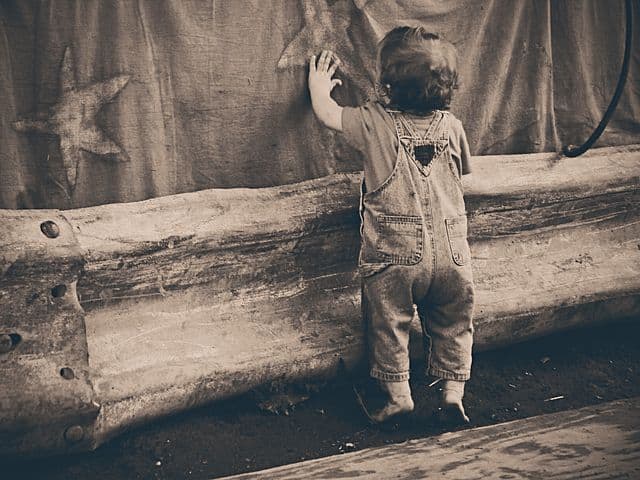
After you’ve ascertained that your toddler indicates the above detailed signs, potty training them becomes the next step. Here, we’ll look at tips to help you start training your toddler to use the potty.
- Choose a Suitable Potty
Knowing the type of potty your child needs is an essential part of potty-training them. That’s because you’ll be able to deliver what they want, something that will ease up the early stages of the training process.
- Use Potty-Ready Dressings
For optimal effectiveness of the potty training process, ensure that you cloth your baby with potty-ready dresses. This means that your baby should wear easily removable pants and pulling them up again should also be an easy task.
- Make Use of Pull-ups
Switching to pull-ups is also another great way of ensuring that your toddler gets a successful potty training process. Pull-ups can be ripped off instead of being dragged down to your baby’s feet, and this prevents any inconveniences in case of accidents.
The only notable downside to using pull-ups is that they absorb moisture, something that won’t bother your toddler. When that happens, the potty training process may end up easily slowing down.
- Employ Patience
Needless to say, your baby needs all the patience you can give during the whole process of potty training. Therefore, you need to be patient with them regardless of how many times you scoop their puddles from anywhere in the house.
While being patient with your toddler, ensure that you also remind them periodically to use the potty during the day. It shouldn’t be a forceful effort, instead, inform them politely and make the whole process seem as natural as you can.
- Allow Him to Go Bare Bottom
Allowing your toddler to go bare bottom is also another effective way of potty training them. When you do this, he/she will be able to learn his bodily signals and give you a sign that he/she wants to pee.
- Don’t Force It
One problem that many parents end up making is trying to force potty training down on their kids. If you notice that your toddler isn’t ready for potty training even if they indicate all the signs, don’t force them to do it.
Instead, you can revisit the issue after some time while they continue to use diapers.
- Give Them Drinks
One mistake about potty training that most parents make is denying their children drinks to avoid getting things messy. On the other hand, drinks are actually very beneficial during this process.
That’s because the more liquids your toddler takes, the higher the peeing urge. When this happens, you can seize the opportunity and periodically show them how and where to let themselves loose.
- Appreciate Their Efforts
Because they are learning something new, parents need to give their toddlers some praise whenever a successful progress is noted. This will not only make them happy, but they’ll also want to do it more often to see you proud of them.
Therefore, you need to get in on the act and start showing them that it’s fun to use the potty whenever they feel an urge.
How Long Does Potty Training Take?
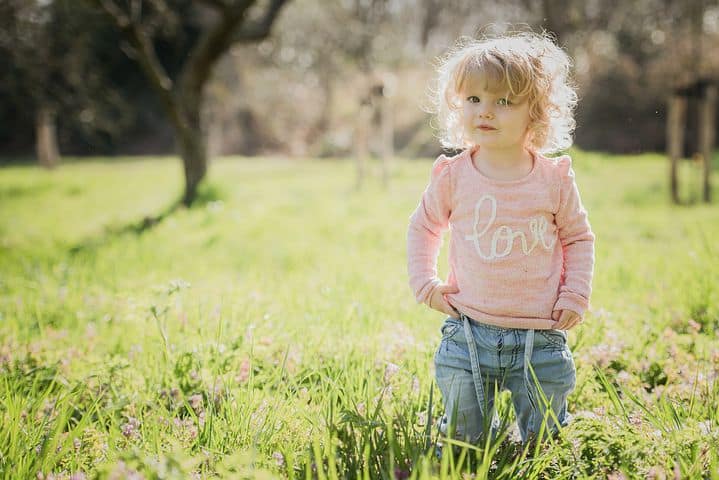
For most kids, it takes between 3 to 6 months to fully achieve a successful transition from diapers to using the potty. However, the amount of time can still be more or less than this period depending on a number of factors.
That is according to KidsHealth, and they further suggest that if you rush to start potty training your toddler – the process tends to take much longer. What to Expect also suggests that you need to brace yourself for nighttime potty training.
That’s because most children start staying fully dry at night between the ages of 5-7 years. Hence, you should prepare yourself with disposable bed covers and nighttime potty training pants just to be safe.
Different Potty Types for Your Toddler’s Potty Training Process
Basically, there are two main types of potties that you can use to potty train your child. Below is a brief look at them:
- Standalone, Toddler-Size Potty – This is the most common one and it features a chair and a removable bowl that can be emptied once it’s used.
- Toddler-Size Seat – This is basically a potty extension seat that can be placed on top of the toilet seat. It allows your toddler to sit securely on the toilet and go on with their business naturally.
One thing you’ll need when using the toddler-size seat is a stool to help your child reach the seat safely and comfortably. Potty seats are very convenient for many occasions and it would be best to carry them even when travelling.
Potty Training Pants
Taining your toddler to use the potty is a process that’s usually undertaken during the day and for the most part, in the house. So, what happens during nighttime or traveling?
Do you go back to using diapers all over again? Fortunately, you don’t have to because such an action would only lengthen and inconvenience the potty training process.
This is where the training pants come in to solve such issues and ensure a continuous potty training process. Training pants are highly useful during the diaper to underwear transition during this learning period.
Note that your kid’s bowel and bladder control isn’t as efficient during the night compared to the day. Therefore, training pants are the best alternatives to potty training during the night.
Besides that, training pants are also highly useful when you are out and about with your toddler and not near a potty. If your toddler manages to stay completely dry when wearing the training pants, then making the switch to underwear shouldn’t be hard to do.
Toilet Training Tips
After Potty training your toddler, toilet training is the next step to take. However, don’t promptly rush to this idea until you are sure they’ve completely mastered potty training.
Below are some of the tips to help your baby learn how to use the toilet. Note that the tips might be similar to those of potty training, but they may help you achieve good results.
- Use toilet related words such as ‘pee’, ‘poop’, or potty
- Ask them to tell you whether their diaper is soiled
- Observe them to see if you can indicate a pooping urge
- Get a potty chair for your child to be sitting on when in the toilet
- Create a routine time for toilet-training them
- Like potty-training, ensure that you don’t force this idea down on them. Instead let it happen naturally by using verbal cues and communicating with them
- You also need to avoid clothes that are hard to take off like with potty training
- Finally, give your toddler a hand every time you see them improving
Conclusion
There you have it, how to get your toddler to tell you when they need to potty. As you have seen, it isn’t an easy process but neither is it impossible as well.
Remember that your toddler is going through some major changes at this age as well. Therefore, being patient with them helps them gain a significant momentum.
Ensure that you don’t force them potty training as this only makes the process harder and longer. Every child is different and understanding your toddler should be the first step towards the potty training process.
To make it more effective and fun, your child should see it as a natural process. This will not only entice them, but it will also fasten the training process.
